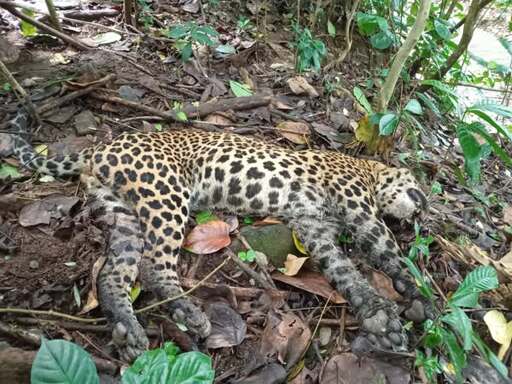POLONNARUWA, Sri Lanka — Wildlife conservationists have sounded the alarm that leopard poaching in Sri Lanka is being carried out more systematically than previously thought, following the arrest in early August of a group of suspected hunters carrying a freshly skinned carcass in Maduru Oya National Park. Conservation activist Sethil Muhandiram says there’s specific demand for skin, teeth, claws and even the flesh of leopards (Panthera pardus). He tells Mongabay this belies the prevailing conventional wisdom, echoed even by some conservation authorities, that leopards aren’t deliberately targeted by poachers in Sri Lanka, and that their killing is done opportunistically, when they succumb to traps set for wild boars or deer. Another common scenario for leopard deaths is retaliatory killing by farmers who blame the big cats for the loss of their livestock, says Muhandiram from LEOPOCON Sri Lanka, a nonprofit that focuses exclusively on the conservation of leopards and their ecosystems. But even then, there’s no intent to profit from the animal’s body parts, he adds. The recent case in Maduru Oya, and a string of other alleged poaching incidents, strongly suggests there’s more than just opportunistic killing going on, he says. “There is no reason for poachers to skin and carry an entire carcass unless they see value in it,” Muhandiram says. “This incident points to some other intent, either to extract meat, sell the pelt, or harvest body parts.” The arrest of suspected poachers with a skinned leopard carcass inside Maduru Oya National Park in Sri Lanka has…This article was originally published on Mongabay
From Conservation news via this RSS feed


